Cloud computing is the on-demand delivery of different services via the internet, to computing resources—applications, servers (physical servers and virtual servers), data storage, development tools, networking capabilities, and more—hosted at a remote data center managed by a cloud services provider (or CSP). Organizations choose cloud computing to reduce operating costs, run infrastructure efficiently, and scale operations with changing business needs.
This article will give you a broad overview of cloud computing so you can decide whether or not it would be right for your business. Let’s get started!
What is cloud computing used for?
It is used for every type, size, and industry using the cloud for a wide variety of use cases, such as data backup, disaster recovery, email, virtual desktops, software development, and testing, big data analytics, and customer-facing web applications.
Benefits of Cloud Computing
- Low Cost: Cloud computing eliminates the capital expense of buying hardware and software and setting up and running on-site data centers.
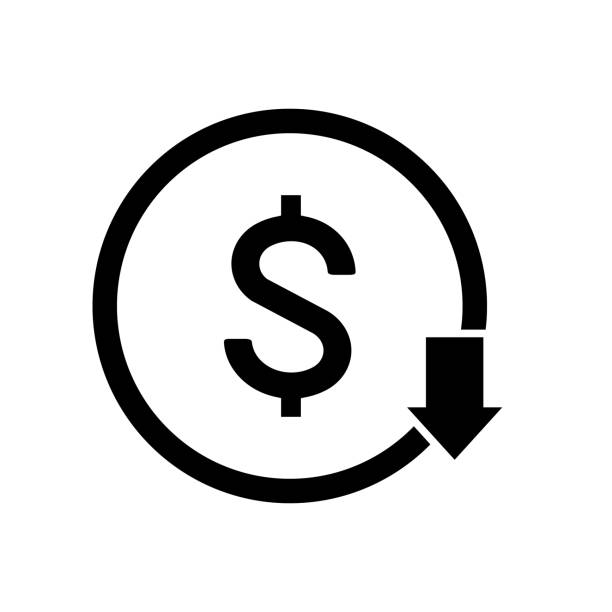

- Measured Service: Cloud Computing resources are used to monitor and the company uses them for recording.
- Availability: The capabilities of the Cloud can be modified as per the use and can be extended a lot.

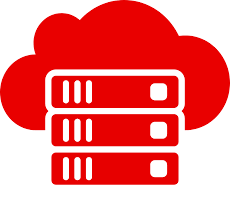
- On-Demand Service: Services can be requested and provisioned quickly, without the need for manual setup and configuration.
- Large Network Access: The user can access the data of the cloud or upload the data to the cloud from anywhere just with the help of a device and an internet connection.
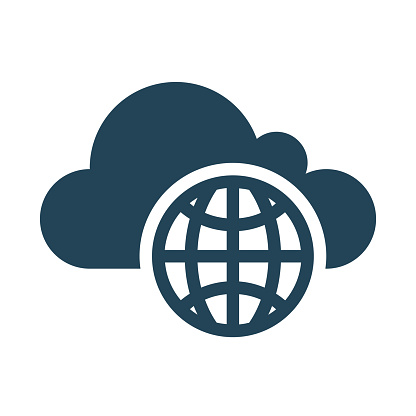

- Automatic Software Updates: A Cloud computing system provides you with automatic software updates.
- Resources Pooling: In this system, resources are pooled to maximize profit or service and minimize risk. Resources are pulled together to be used by multiple customers.
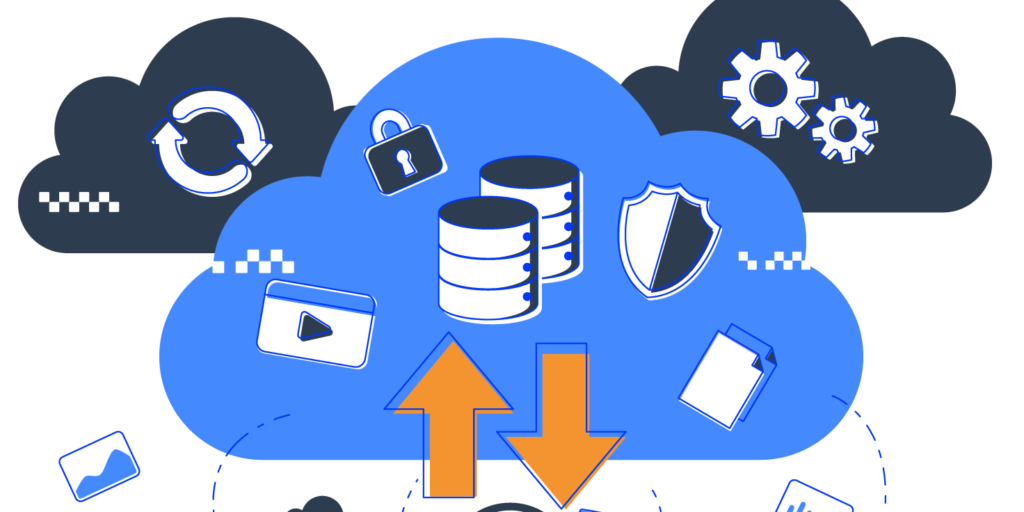
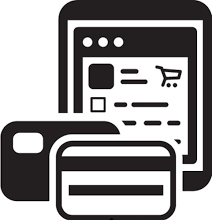
- Pay as you go: In cloud computing, the user has to pay only for the service or the space they have utilized.
What are the Cloud Computing Services?
There are three main types of cloud services: software as a service (SaaS), platform as a service (PaaS), and infrastructure as a service (IaaS).
- Infrastructure as a Service (IaaS): The consumer buys access to raw computing hardware over the Internet. IaaS offers infrastructure components that typically run in the provider’s data center, such as Computing resources (CPU and RAM), Data storage, and Networking hardware.
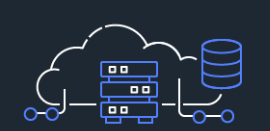
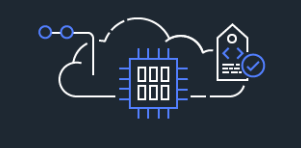
- Platform as a Service (PaaS): It is a cloud computing service in which a provider delivers hardware and software tools to users. Most PaaS web-based tools aid development and end-users access them via APIs, web portals, or gateway software.
- Software as a Service (SaaS): Software as a Service (SaaS) means a client runs the complete app on the cloud and that the provider makes it available to end users over the Internet. However, Google Documents is the best-known example of SaaS.

Example of Cloud Computing:
- Google Drive and Microsoft 365 use the cloud to enable users to access docs, media files, presentations, and spreadsheets from anywhere and on any device.
- Slack is a collaboration tool for teams and companies. Slack channels are essentially group messages and can be organize by individual, team, project, topic, etc.
- Dropbox lets users share large files, it facilitates collaboration. Got a large Powerpoint, Photoshop, or Sketch project that needs your team’s input but makes your email choke? Dropbox it.
- Chromebooks are cloud-centric devices with just enough local storage and power to run Chrome OS. Everything you store on a Chromebook goes to the cloud.
- Zoom is a cloud-based platform for video and audio conferencing. The app records meetings and saves them to the cloud, enabling the user to access them anywhere and at any time. Microsoft Teams and GoToMeeting also rely on cloud computing.
- Netflix uses AWS to provide billions of hours of service to customers around the globe.
Is the cloud secure?
Security concerns have been the primary obstacle for organizations considering cloud services, particularly public cloud services. In response to demand, however, the security offered by cloud service providers is steadily outstripping on-premises security solutions.
According to security software provider McAfee, today, 52% of companies experience better security in the cloud than on-premises.
